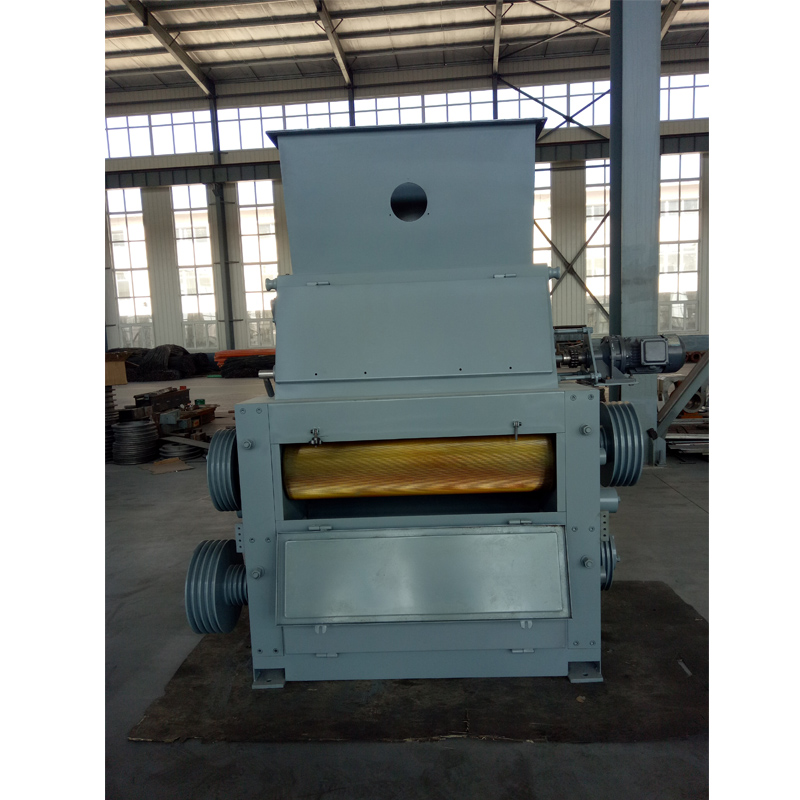Oct . 31, 2024 16:38 Back to list
How to Purchase a Coconut Oil Production Line Effectively
The Importance of Coconut Oil Production Line in the Modern Market
Coconut oil has gained immense popularity in recent years due to its various health benefits and versatility. From cooking and baking to cosmetics and medicinal uses, the demand for coconut oil continues to rise globally. To meet this growing demand, establishing an efficient coconut oil production line is essential for businesses looking to enter or expand in this lucrative market.
Understanding the Coconut Oil Production Process
The production of coconut oil begins with the harvesting of coconuts, which are typically grown in tropical regions. Once harvested, the coconuts must be processed to extract the oil. There are two main methods used for coconut oil extraction dry and wet processing.
1. Dry Processing This method involves removing the meat from the coconut shell, followed by drying it in the sun or using mechanical driers. The dried coconut meat, known as copra, is then pressed or solvent-extracted to obtain the oil.
2. Wet Processing In this method, fresh coconut meat is grated and mixed with water. The mixture is then pressed to separate the oil from the coconut milk. This method yields a fresher, more flavorful oil and is often used to produce virgin coconut oil.
Once the extraction process is complete, the oil undergoes refining, which may include degumming, neutralizing, bleaching, and deodorizing. This is crucial for enhancing the oil’s shelf life and increasing its marketability.
Setting up a Coconut Oil Production Line
Establishing a coconut oil production line requires careful planning and investment
. Here are some key considerationsbuy coconut oil production line

1. Location Selecting a strategic location close to coconut farms can significantly reduce transportation costs and ensure a steady supply of raw materials.
2. Machinery and Equipment Investing in high-quality extraction and refining equipment is paramount. Depending on the production scale, businesses can opt for manual, semi-automatic, or fully automatic machinery. Modern technology can increase efficiency and yield while reducing labor costs.
3. Quality Control Implementing strict quality control measures at every stage of production ensures that the final product meets industry standards. This includes testing raw materials, monitoring the extraction process, and conducting final product assessments.
4. Regulatory Compliance Compliance with local and international food safety regulations is essential for legally selling coconut oil. This may involve obtaining necessary certifications and adhering to hygiene standards throughout the production process.
5. Marketing and Distribution Once the production line is operational, businesses must establish effective marketing strategies to promote their coconut oil. This can include branding, packaging, and utilizing both online and offline sales channels to reach potential customers globally.
The Future of Coconut Oil Production
The future looks promising for coconut oil production. With increasing awareness of healthy living and natural products, more consumers are turning to coconut oil as an alternative to traditional cooking oils and personal care products. Furthermore, innovative uses of coconut oil in various industries—from food to beauty—are continuously emerging.
In conclusion, setting up a coconut oil production line is an excellent opportunity for entrepreneurs looking to capitalize on the rising demand for coconut oil. By focusing on quality, efficiency, and effective marketing strategies, businesses can thrive in this expanding market, ultimately contributing to healthier lifestyles and supporting sustainable farming practices in tropical regions. With the right approach, the coconut oil industry can continue to grow, providing benefits to producers and consumers alike.
-
HP 120 Cold Oil Press-Hebei Huipin Machinery|Oil Extraction, Cold Press
NewsAug.07,2025
-
HP 120 Model Cold Oil Press-Hebei Huipin Machinery|Cold Oil Extraction, High Efficiency
NewsAug.07,2025
-
HP 120 Model Cold Oil Press - High-Efficiency Oil Extraction&Automated Processing
NewsAug.07,2025
-
Safflower Oil Press Service | Expert & Efficient Solutions
NewsAug.07,2025
-
HP 120 Model Cold Oil Press - Hebei Huipin Machinery | Advanced Oil Extraction Technology
NewsAug.06,2025
-
HP 120 Cold Oil Press-Hebei Huipin Machinery|Cold Pressing, Oil Extraction
NewsAug.06,2025
